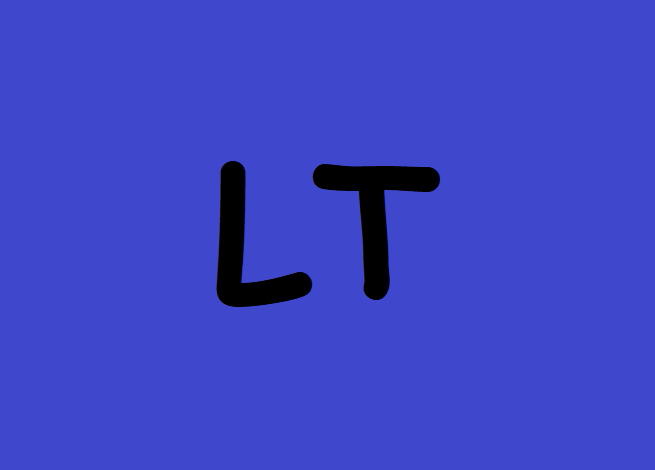1. Leather Finishing Material and Auxiliaries
2. Elective-1
3. Theory of leather supplements & Synthetics
4. Instrumentation and Process Control
5. Leather Product Technology-II

Leather Technology
Seventh Semester
Pigments ( 8 Lectures )
Inorganic and Organic Pigments, Preparation of Pigments, Methods of Prepation of Pigments, Aqueous Pigment Paste, Properties required in Pigments.
Principles of Finishing, Finish Formulation and their Application ( 6 Lectures )
Definition, Aim, Film- Formalation mechanism, Properties of films such as transparency, Gloss and resistance to heat, light and solvent, Role is dispersion and stability – Requirement in multiple coat technique- Single coat, Composition and methods of application like spraying, Curtain coating, Roller coating etc, Cationic finishes and their relative merits.
( 6 Lectures )
Chemistry and Preparation of Nitrocellulose, lacquers, lacuuer emulsion, Coloured lacquers, Wax emulsions, Silicone emlsion.
( 6 Lectures )
Chemistry and Properties required of Synthetic Polymers, Impregnating agents, Binders, Chemistry of Polyurethane lacquers.
( 6 Lectures )
Chemistry and Mechanism of Plasticization, Internal and External Plasticizers.
Definition of Water proofing, Theory of water Proofing, Chemistry & Mechanism involved in water proofing.
( 6 Lectures )
Upgradation technologies in finishing.
General introduction to addition, condensation, Natural polymer, Caesin, Cellulose